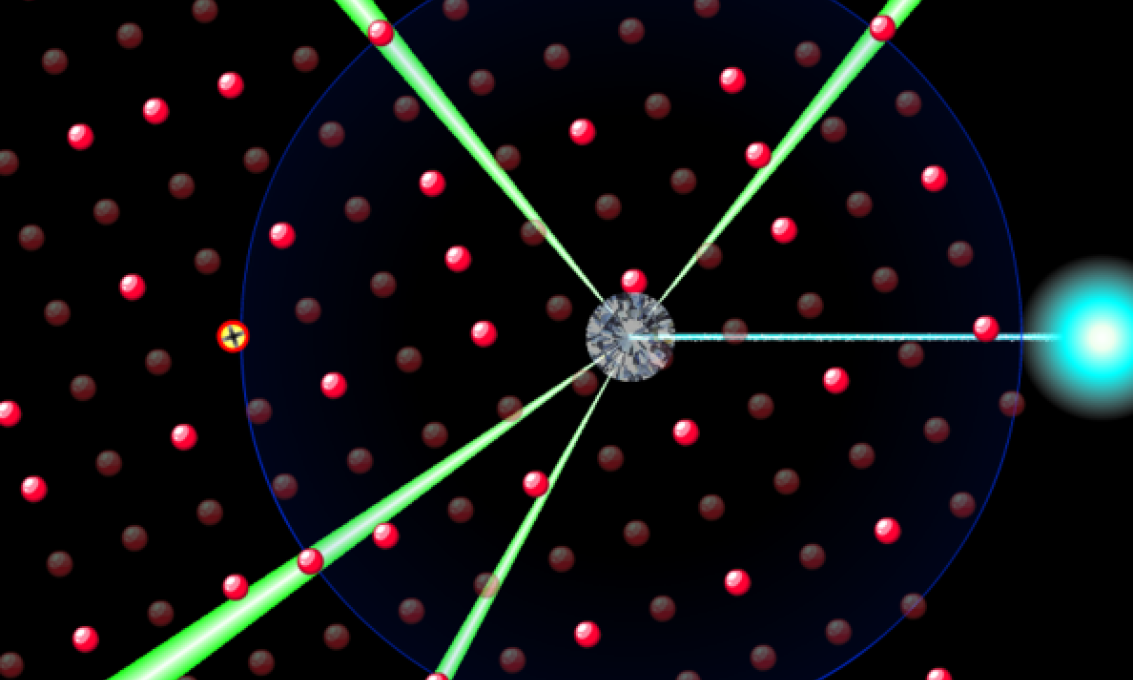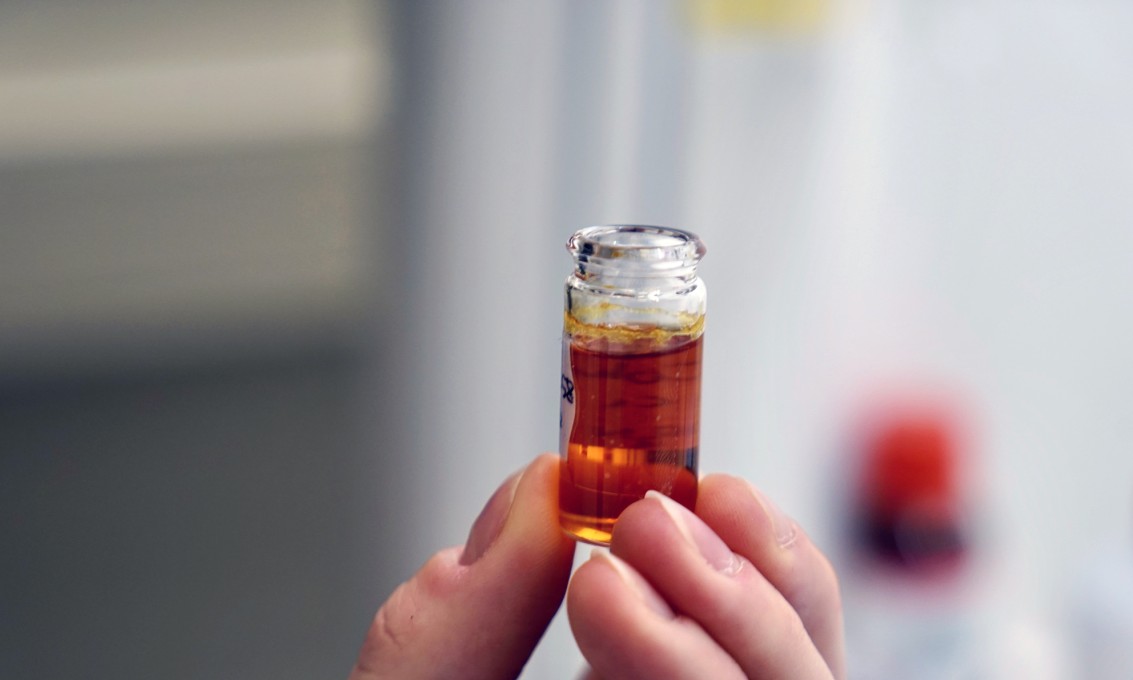The Faculty of Science and Technology at UiS has several laboratories within the field of materials science. Here is an overview of relevant equipment and facilities.
These study programmes use the laboratories in teaching:
Thermogravimetry
We have instruments that can measure heat exchange (DSC) and mass difference (TGA) in samples as a function of temperature. These techniques are typically used to determine properties such as heat capacity, phase transitions, melting points and enthalpies of the sample material. The instruments are used by students and employees at UiS in addition to researchers from NORCE and the industry.
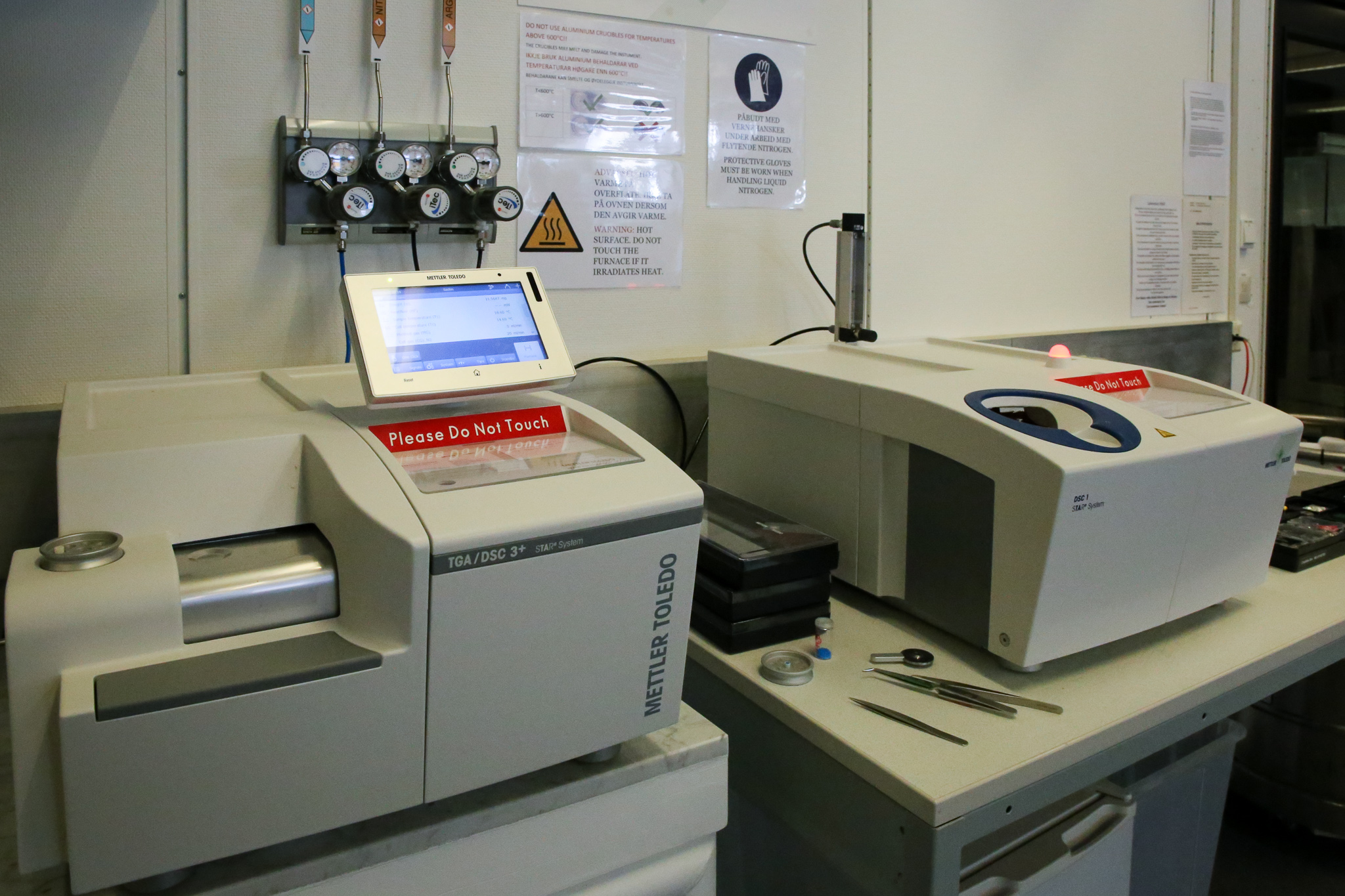
The TGA instrument has an internal microbalance, but there is also an external balance with a resolution of 0.01 mg available. Mortar and pestles of different sizes are at disposal as well. The DSC device has been adjusted to work with liquid nitrogen, which is required if one is to use it outside a temperature range of circa 30–300 °C. With thermogravimetry, samples are placed in small crucibles at 40–70 µL (ca. 4.5 mm height and 6 mm diameter). Normally 5–20 mg of sample material in powder form is sufficient. Crucibles are available in aluminium, alumina and platina. There are lids for each type and those for aluminium can also be hermetically sealed. The aluminium crucibles are disposable, but can only be used up to ca. 660 °C. The other two can be used up to 1600 °C (which is the limit of the instruments).
Contact person: Ioana Andreea Nes
Tensile, compression and bending testing
The material sciences laboratories have several so-called universal testing systems (UTS), as well as dedicated machines for compression and bending tests. The facilities are used for both research and teaching, as well as external commissions.
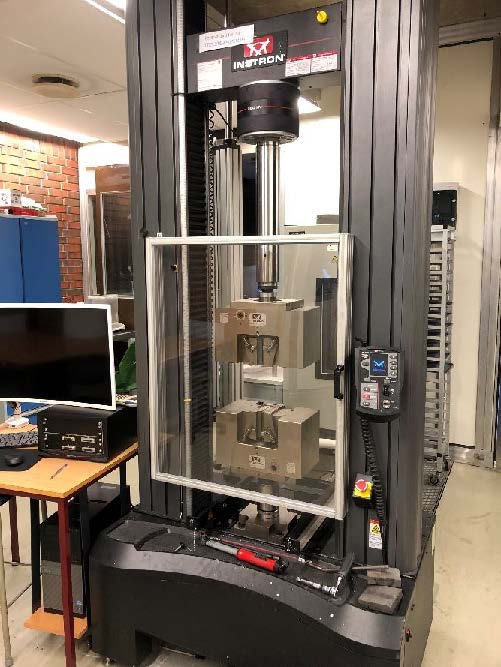
Using a UTS, users can conduct a series of tests, including stress, compression, and bending tests. The systems permit a large degree of variation in tests and materials, and users can test everything from textiles to steel and concrete. A temperature chamber has also been installed in the Instron 5985 system, which enables experiments within a range of -80°C to +250°C. The laboratory is generally used for testing concrete and metals.
Contact person: Johan Andreas Håland Thorkaas
Impact testing
The impact testing laboratory is one of the material testing laboratories. Here you can study, for example, the toughness of materials using Charpy V notch testing.

Our machine is equipped with a 450 J pendulum and digital and analogue reading scales. There is also a cooling bath that can be chilled down to -90°C for testing at low temperatures. There is equipment for producing Charpy-V samples in the workshop at UiS. Impact testing is included as part of the teaching for mechanical students, through bachelor’s and master’s degree theses, and research.
Contact person: Johan Andreas Håland Thorkaas
Hardness testing
The material technology laboratories are equipped with several hardness testing devices, primarily for metals. These can perform tests using the Brinell and Vickers methods on both manual and automatic systems. Depending on the geometry of what one wants to test the hardness of users can test the part directly or a cut off piece.
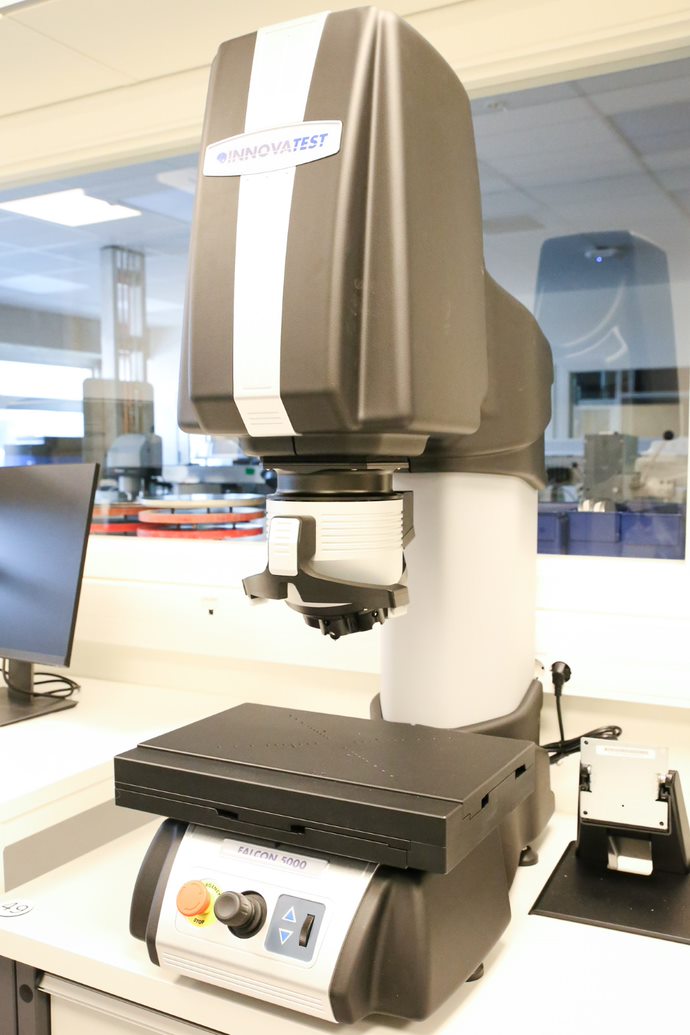
For a cut-off piece, users may, depending on its geometry, either test it directly or have to cast the sample piece in plastic in order to test it. The laboratory has moulds available (Ø25, Ø40 and Ø50 mm cylinders, maximum height of approximately 30 mm). Hardness testing lies at the intersection of destructive and non-destructive testing. Such testing leaves marks on the surface, which may damage sealing surfaces or protective layers and coatings, etc. If users do not to need to test critical areas of the surface, this will not represent a problem. Vickers is the method we use most often and consists of a pyramid shape that is pressed into the material. Brinell, where a ball is pressed in, is not used as much, but is available.
Contact person: Johan Andreas Håland Thorkaas
You might also be interested in
Receives award for innovation in computing
Professor Dimitrios G. Pavlou was recently awarded the prestigious Hojjat Adeli Award for Innovation in Computing.
Civil and Structural Engineering research group
Our research group has competence on design, analysis and testing of materials and structures. The current research and ...
Won prize for best abstract
PhD candidate Bernardo Costa came out on top in the competition for best extended abstract during a wind engineering con...
Maintenance of ageing structures and mechanical equipment
Fredrik Bjørheim, PhD candidate at the Faculty of Science and Technology, has investigated damage assessment and modelin...
This invention produces electricity from marine currents
Researchers at UiS have developed an energy converter that creates electricity from sea currents and river flows.
Fatigue and Structural Integrity Group (FSIG-UiS)
The reason of 98% of the failures of mechanical systems and 60% of the failures of structures subjected to variable load...
Paper from UiS won the best paper award
The paper was awarded at the 40th International Conference on Ocean, Offshore and Arctic Engineering (OMAE2021).
Scholarship awarded to 6 UiS PhDs
Only 25 young researchers around the world were selected to participate in the OMAE2022 Outreach for Engineers Forum. 6...
Industrial Asset Management
Smart Assets, Digital and Integrated Operations, and Condition monitoring and Maintenance Analytics.
Mechanical engineering and materials science
The research group for mechanical engineering and materials technology has broad expertise in the design of mechanical c...
